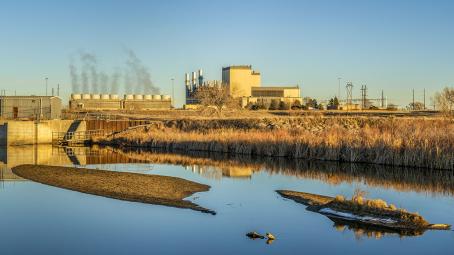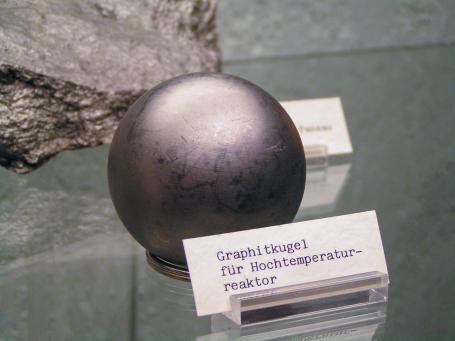
High Temperature Reactor (HTGR)
2 min read
The Fort St. Vrain Generating Station was built originally as a nuclear power plant with high temperature gas-cooled (HTGR) power reactor (an electrical power output of 330 MW). It operated from 1979 until 1989.
The modern High Temperature Gas-cooled Reactor (HTGR) exhibits very high-energy production efficiency (around 40%). So far, there are only experimental HTGR reactors, operating in Germany, the USA, Great Britain, and China. The fuel is composed of coated fuel particles made of highly enriched uranium (93%) in small spherical particles, 0.5 mm diameter, coated with silicone or carbon carbide and dispersed in a graphite pebble the size of a tennis ball. The fuel is freely loaded into the reactor and later removed from its bottom. Hexagonal blocks stacked on top of each other are used in the USA.
The moderator used in HTGRs is graphite that acts also as a secure matrix enclosing the uranium fuel as well as the fission products. Helium, force-fed through the reactor core, is the coolant. Its pressure is 4 MPa and the peak temperature ranges between 700 °C and 900 °C. Helium may be supplied directly to a turbine in the Brayton cycle used in a steam generator to generate steam to drive a turbine or for the thermochemical production of hydrogen.
The South African Pebble Bed Modular Reactor (PBMR) is considered to be the best high temperature reactor.






